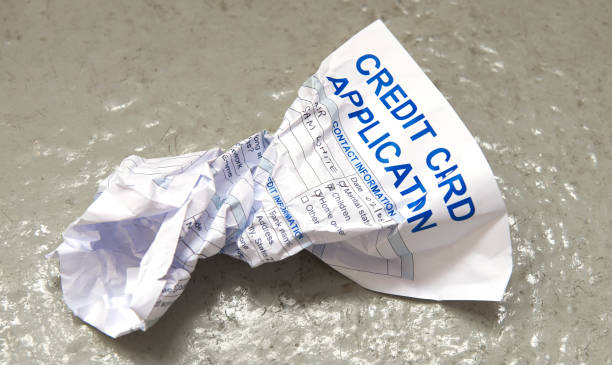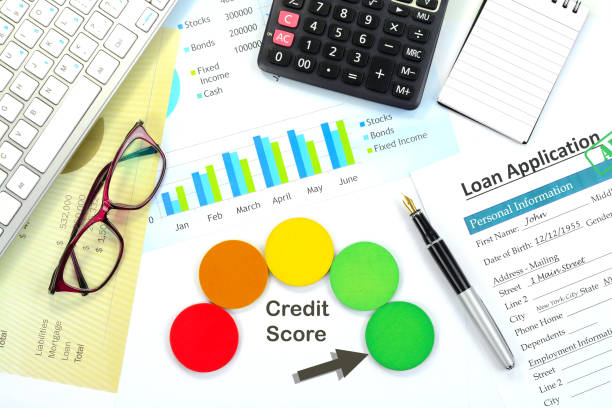
The relationship between overextended personal debt and credit score damage is a profound and destructive feedback loop, each fueling the other in a c...
Read More
The crisis of overextended personal debt is a complex financial state where liabilities become unmanageable, and its profound impact on an individual‚...
Read More
The phenomenon of overextended personal debt is not merely a financial condition but a complex web of interconnected core concepts that trap individua...
Read More
The Debt-To-Income Ratio, commonly referred to by its acronym DTI, is a cornerstone of personal financial health, serving as a critical benchmark for ...
Read More
The burden of overextended personal debt is more than a financial condition; it is a state of being that can feel inescapable. When monthly obligation...
Read More
The shadow of overextended personal debt casts a long and damaging pall over an individual’s financial identity, primarily embodied by their credit ...
Read MoreThe DTI is a key metric calculated by dividing your total monthly debt payments by your gross monthly income. A DTI above 36-40% is a strong indicator of being overextended, as it shows a dangerous proportion of income is already committed to debt.
Alternatives include non-profit credit counseling and a Debt Management Plan (DMP), DIY strategies like the debt snowball or avalanche methods, debt consolidation loans, and in extreme cases, bankruptcy, which may be less damaging long-term than settlement.
No. This is a critical mistake. Taking on new debt you do not need and cannot afford will worsen your overextension. The potential minor boost from improving your mix is vastly outweighed by the risks of a new hard inquiry, a new monthly payment, and increasing your overall debt burden.
A collector can contact you at work unless you tell them that your employer prohibits such calls. Once you inform them orally or in writing, they must stop contacting you at your workplace.
It is a primary factor in calculating your credit score, second only to your payment history. A high ratio signals to lenders that you may be overextended and a higher-risk borrower, which can significantly lower your score and make it harder to get new credit or favorable interest rates.